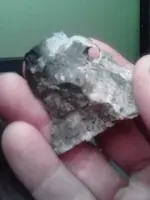intensecrasher
Sr. Member
- Joined
- Apr 6, 2014
- Messages
- 258
- Reaction score
- 247
- Golden Thread
- 0
- Location
- California
- Detector(s) used
- Ground-penetrating radar...LOL
- Primary Interest:
- Relic Hunting
I found this several years ago in Minnesota. I was told by another collector that it is a very rare shaft straightener but I find that hard to believe because I think it would have to be used for 1000s of years to make the indentation. The indentation is almost perfectly round and is as smooth as a babies bottom (lack of a better term).
What are your opinions? Anyone ever seen or heard about one of these?
Also, the opposite side of this little knife is pretty sharp.
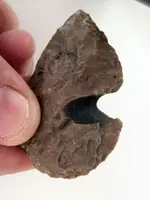
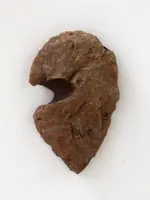
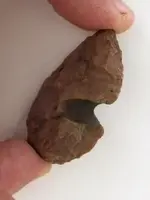
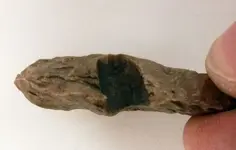
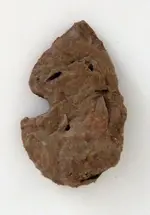
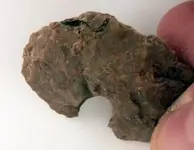
What are your opinions? Anyone ever seen or heard about one of these?
Also, the opposite side of this little knife is pretty sharp.






Last edited:
Upvote
1



